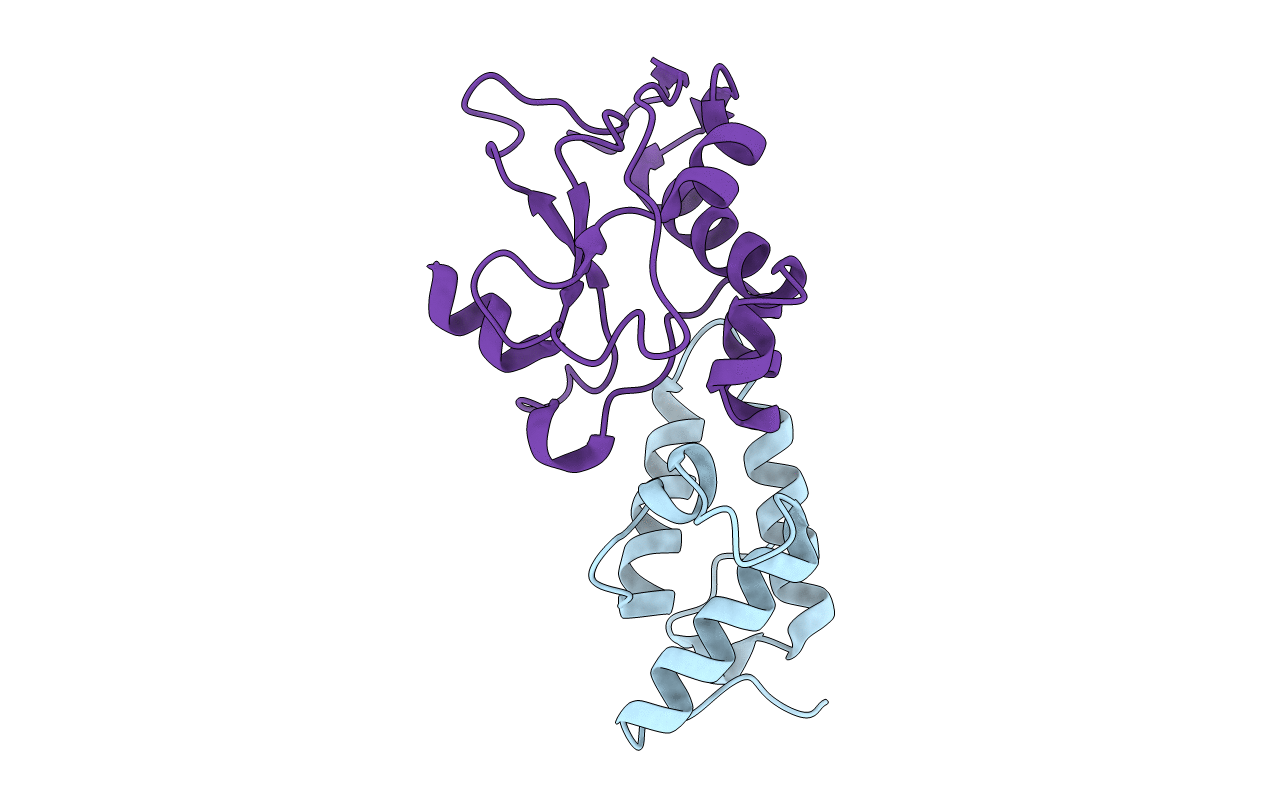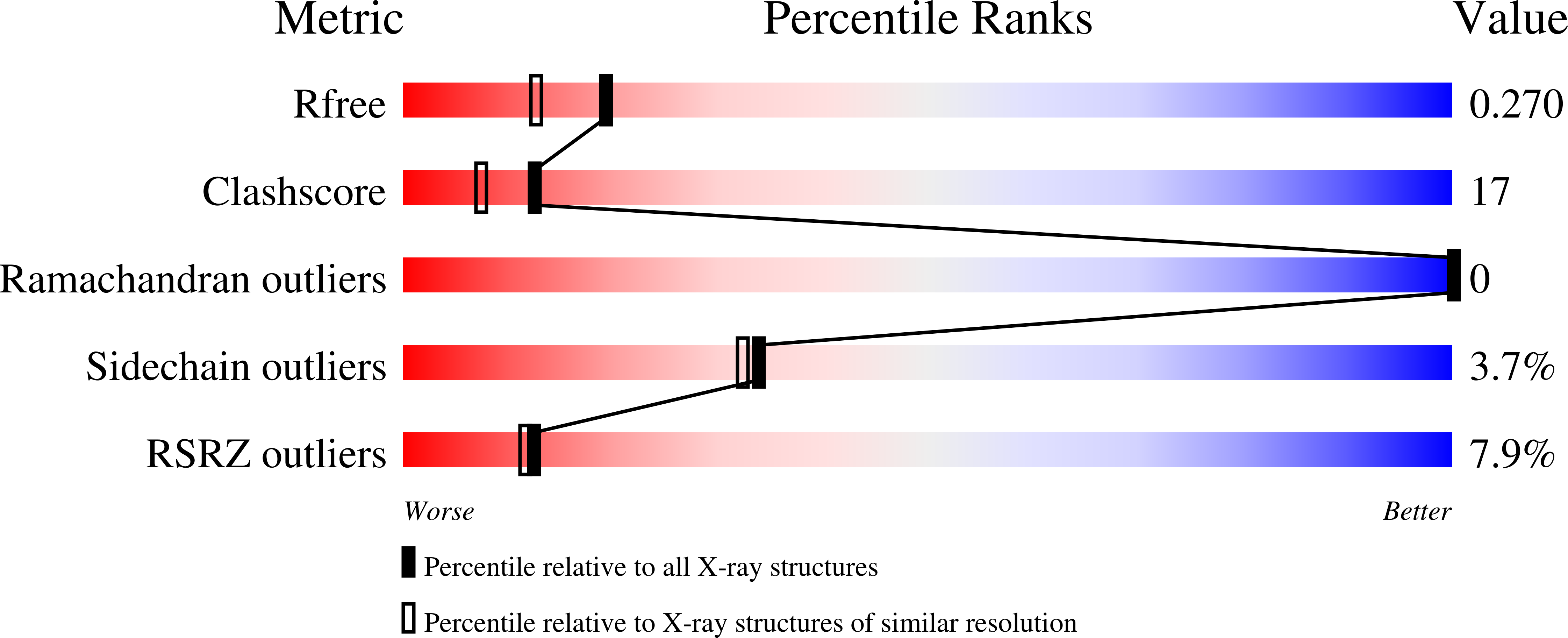
Deposition Date
2005-10-24
Release Date
2006-07-25
Last Version Date
2023-08-23
Entry Detail
PDB ID:
2ERH
Keywords:
Title:
Crystal Structure of the E7_G/Im7_G complex; a designed interface between the colicin E7 DNAse and the Im7 immunity protein
Biological Source:
Source Organism:
Escherichia coli (Taxon ID: 562)
Host Organism:
Method Details:
Experimental Method:
Resolution:
2.00 Å
R-Value Free:
0.27
R-Value Work:
0.22
R-Value Observed:
0.22
Space Group:
I 2 2 2


